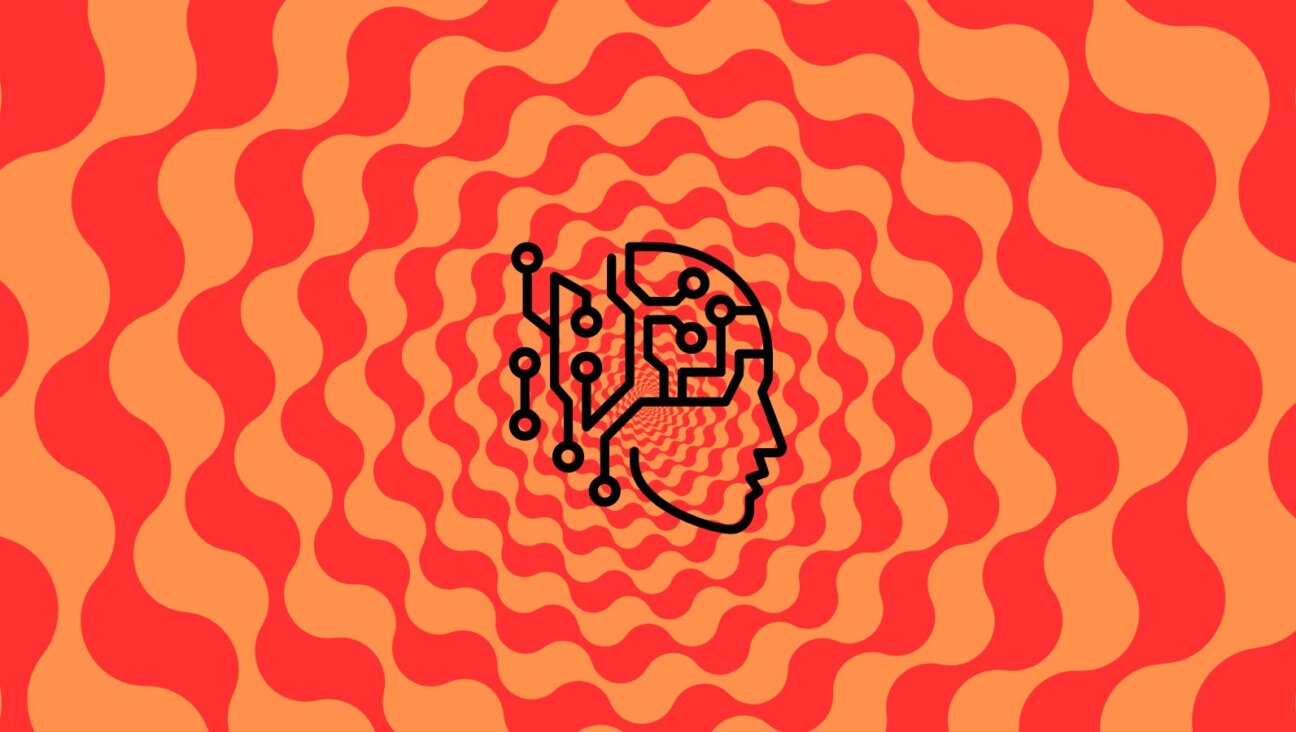Two Countries, Two Approaches To Regulating Embryonic Stem-Cell Use
Between 1998 and 2007, Israeli academics researching human embryonic stem cells published 55 papers in scientific publications on the topic, according to an article in the scientific journal Cell Stem Cell. During this same time period, researchers in the United States published 150 stem-cell research papers.
This means that Israel, with a population of 7.4 million, has been producing more than 10 times as much embryonic stem-cell research per capita as the United States, with its population of 300 million.
The comparison reflects a stark, little-noted difference between the two countries when it comes to public policy on this field — one hotly debated in the United States as a “right to life” issue by opponents, while proponents argue for its potential as a therapy offering cures that would save millions.
Now, as the Obama administration faces challenges in loosening restrictions on embryonic stem-cell research that it inherited from the Bush administration, Israel is plowing ahead. And in contrast to the United States, religion is a tail wind boosting this effort, not a head wind slowing it.
“It’s not considered to be part of this [abortion] debate; it’s not about pro-choice and pro-life,” neonatologist Shraga Blazer explained, referring to stem-cell research in Israel. Judaism is “an old religion — we are not modern,” acknowledged Blazer, a professor at Haifa’s Rambam Medical Center and chairman of a committee that created some of Israel’s stem-cell research regulations. Under traditional religious influence, Israeli public policy on matters such as divorce and conversion can seem outmoded. But when it comes to stem-cell research, religious law makes Israel’s “the most modern in the world,” he said.
That’s because of the way Judaism views the beginning of life.
Embryonic stem-cell research excites hope of curing diseases by using regenerative therapies, since these early-stage human cells can potentially be programmed into any other type of human cell. Scientists call these pluripotential cells, to denote the wide range of cell types they can develop into, from heart cells to kidney cells to brain cells. Researchers, for example, envision the potential to generate new brain cells to replace brain cells ravaged by Alzheimer’s disease.
These wonder cells are derived during infertility treatments from human embryos created in vitro — in a test tube. Eggs removed from a woman are combined with male sperm, and within days after the fertilization several of the resulting embryos are implanted in the woman’s womb. This procedure can enable many otherwise infertile couples to have a child. But only a few — those that appear most viable — of the many eggs fertilized in vitro are implanted in the woman’s womb. The rest are generally discarded. Stem cells may be derived from these embryos prior to their disposal. But the process for obtaining them destroys the embryo before it is discarded.
This is no problem for Judaism. Talmudic tradition dictates that life begins significantly after conception. An embryo that has been harvested before reaching 40 days lacks any claim to human rights, according to a Gemara passage that deems it maya b’alma, “mere water.” In fact, because of the Jewish imperative to help humans in need of treatment, promoting these advances constitutes a special mitzvah.
Still, there are restrictions. About 15 years ago in Israel, the fetus was considered hefker, or “ownerless property,” according to Blazer. He found this “unfair,” because Judaism does impose some limitations. “Between 40 and 270 days of delivery, there are 220 days through which [the fetus] gets more and more rights. It’s not hefker,” he said. As science galloped ahead, he organized international conferences on ethics, and ended up heading the committee for Israel’s Ministry of Health that crafted the country’s regulations.
The process resulted in a law that allowed research on embryonic stem cells, but with regulations: For example, it banned the sale of women’s eggs and the creation of embryos specifically for stem-cell research. The law allows researchers to use embryos left over from in vitro fertilization, with informed consent. This has enabled scientists to establish new human stem-cell lines.
Catholic — and conservative Protestant — doctrine, on the other hand, says human life begins at conception. “At every stage, the embryo is a member of the human race,” said Richard Doerflinger, the United States Conference of Catholic Bishops’ authority on birth and conception related issues.
In the United States, this view often places the debate over embryonic stem-cell research within the framework of abortion. It was from within this construction that the second President Bush placed strict limitations on stem-cell research in 2001. The hopes of stem-cell researchers rose when President Obama issued an executive order partially lifting those limitations. But a federal court ruling last August found Obama’s executive order contrary to law, and ordered a halt to all federally funded research begun under its aegis. Only a stay on implementing that ruling has kept much research going while the ruling is under appeal.
Nevertheless, scientists operating under Obama’s less restrictive guidelines work under a pall pending resolution of the appeal. “There’s a huge uncertainty in the field,” said Kirstin Matthews, a fellow in science and technology policy at Rice University’s James A. Baker III Institute for Public Policy. “People don’t want to start a research program and be cut off six months later.” Meanwhile, efforts continue to develop viable adult stem cells with a pluripotentiality equal to those derived from embryos. But questions remain about whether adult stem cells will ever be able to deliver the ability to safely differentiate into many types of tissue.
The conundrum has moved several prominent American scientists to move to Singapore, a country with permissive policies on stem-cell research that also offered generous funding to attract them. There are no data available on how many stem-cell researchers, if any, may have been drawn to Israel. But no one doubts the impact that Israeli research is having on the field.
“The Jewish legal view on embryonic stem-cell research has enabled the scientists in Israel in the field,” said Uri Ben-David, a Ph.D. student at Hebrew University of Jerusalem who recently coauthored a research paper about the tumors associated with stem cells. “It has allowed the Israeli scientists to have an advantage over some of their colleagues.”
Contact Joy Resmovits at [email protected]






















